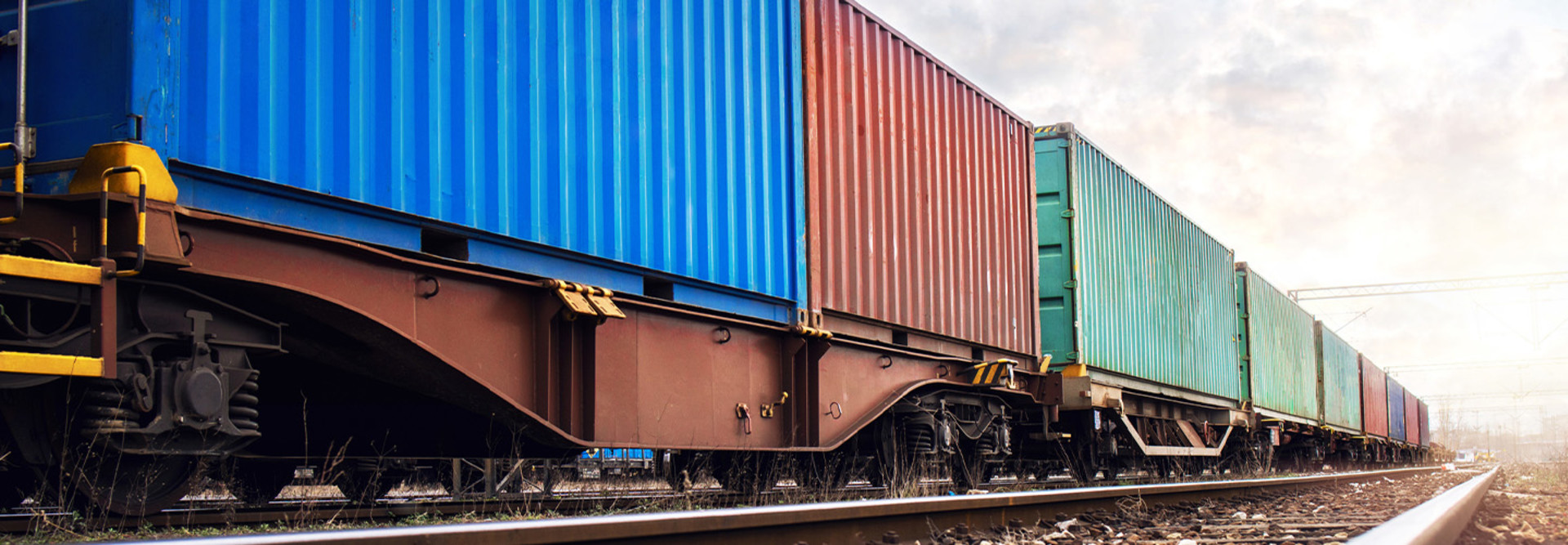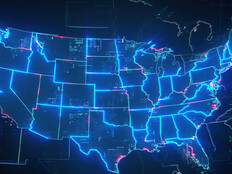How Are Railroads Required to Secure Their Systems?
In October, the U.S. Transportation Security Administration released the Rail Cybersecurity Mitigation Actions and Testing Directive.
“Recent and evolving intelligence emphasizes the growing sophistication of nefarious persons, organizations, and governments, highlights vulnerabilities, and intensifies the urgency of implementing the requirements of this Security Directive,” according to the TSA.
U.S. rail owners and operators must do the following:
- Identify critical cyber systems.
- Develop network segmentation policies and controls to ensure that operational technology systems can continue to operate safely in the event that IT systems are compromised.
- Create control measures to secure and prevent unauthorized access to critical cyber systems.
- Build continuous monitoring and detection policies and procedures to detect cybersecurity threats and correct anomalies that affect critical cyber system operations.
- Reduce the risk of exploitation of vulnerable systems by applying security patches and updates for operating systems, applications, drivers and firmware on critical cyber systems in a timely manner using a risk-based methodology.
- Establish a Cybersecurity Assessment Program and submit the plan annually to the TSA, describing how the rail carrier will proactively and regularly assess the effectiveness of cybersecurity measures and identify and resolve vulnerabilities.
EXPLORE: How Texas is making use of intelligent transportation systems across the state.
“There is no higher priority for the rail industry than the safety and security of our national network,” said Ian Jefferies, president and CEO of the Association of American Railroads, in response to the TSA. “For more than two decades, the industry has been a leader at bringing the right people and information together to address evolving cyber threats. Collaboration between railroads and government partners on these issues has a long, productive history that will continue to maintain and advance the smart, effective solutions to keep our network safe and freight moving.”
In 1999, the industry created the Rail Information Security Committee, comprised of the CISOs and cybersecurity leads from each of the Class I railroads, Amtrak, Genesee & Wyoming, Via Rail and Railinc. The group’s objectives are to improve and maintain the overall information security of each railroad, share threat data, and coordinate incident response analysis and recommendations. For instances of physical sabotage, the Association of American Railroads provides the Railway Alert Network bulletin.












